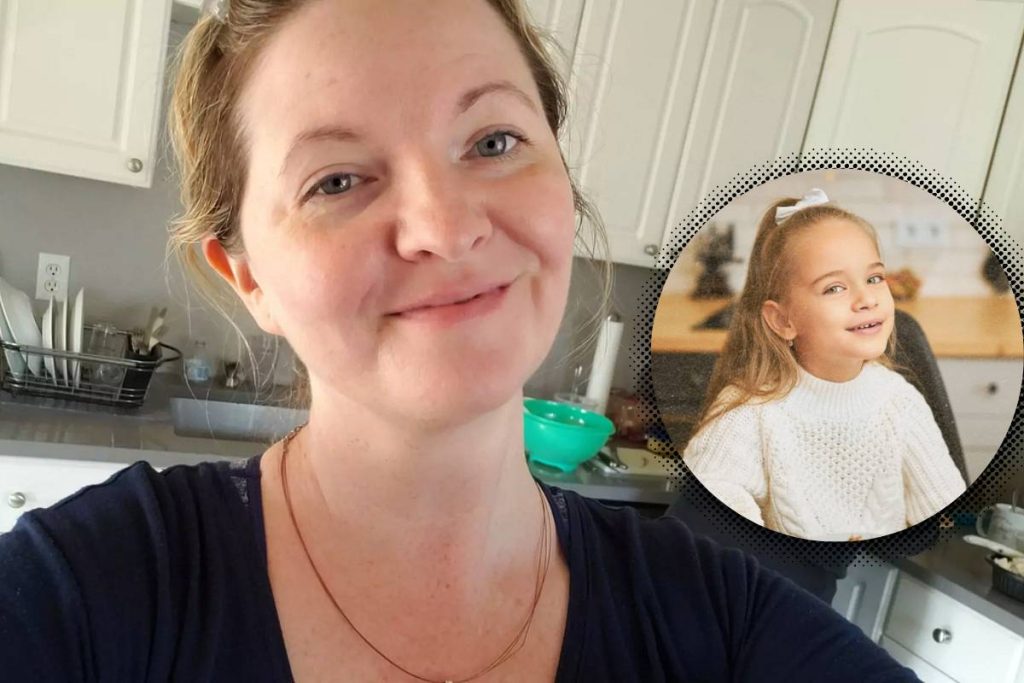Tia Hernlen In the early hours of March 28, 2005, a heartbreaking tragedy unfolded in the quiet suburban town of Daytona Beach, Florida. The story that emerged from that morning captivated the nation—not only because of the terrible loss it involved but also because of the incredible composure and bravery of a young child. At the heart of the story was 5-year-old Tia Hernlen, whose calm and articulate 911 call became a symbol of innocence, trauma, and resilience.
The Tragedy Unfolds
Tia Hernlen was the only child of Julie Hernlen and her husband, Aeneas Tia Hernlen. The couple, both in their 20s, were students and part of a close-knit community. In the early morning hours of that fateful day, their home became the scene of a violent and senseless crime. Aeneas and Julie were both shot by a man named David Edward Johnson, a 33-year-old with a troubling criminal history and a deep grudge against the couple.
Julie and Aeneas had previously tried to alert authorities about Johnson, fearing that he posed a danger to them. They believed he had been stalking or threatening them, especially after Johnson had faced legal trouble involving the Hernlens. Unfortunately, their concerns never led to decisive legal action against him. Tragically, their worst fears came true when Johnson broke into their home and opened fire. Julie died from her injuries, and Aeneas succumbed to his wounds shortly after. Johnson later took his own life.
The 911 Call That Moved the Nation
What made this already devastating story stand out on a national scale was the remarkable 911 call made by young Tia Hernlen. Alone, frightened, and waking up to find her parents unresponsive and bleeding, Tia did something extraordinary—she picked up the phone and called for help.
The audio of the 911 call reveals a small voice, clear and calm, relaying the horrifying reality of what she had witnessed. Tia told the dispatcher, “I think they’re dead. There’s blood coming out of my daddy’s mouth, and he fell off the bed.” Her tone was eerily composed for a child her age, and her ability to convey details helped emergency responders arrive quickly. She stayed on the line, answered questions, and even explained that she had fed her pet dog.
The call, which was later released to the media, stirred a deep emotional response across the country. People were struck not only by the tragedy but by the strength and clarity shown by a child thrust into an unimaginable situation. Tia’s voice became a poignant reminder of how violence affects even the smallest and most innocent lives.
The Aftermath: Life for Tia
In the immediate aftermath of the shooting, Tia was placed under the care of relatives. Authorities and child protective services worked quickly to ensure that she would be safe and loved. Due to her age and the trauma she experienced, many details of her life after the incident were kept private, as they should be. Over time, the media turned its attention elsewhere, and Tia faded from the public eye, which allowed her some space to heal.
Reports suggest that Tia was raised by family members who tried to provide her with as normal and nurturing a life as possible. She was shielded from the media and public scrutiny, which is critical in cases involving child victims of trauma. It is unknown whether she has ever spoken publicly about the tragedy as an adult, and her privacy continues to be respected.
Systemic Failures and Public Outcry
The case also sparked significant public criticism about how the justice system handles threats and restraining orders. Prior to the shooting, the Hernlens had made attempts to warn authorities about Johnson’s behavior. However, due to the absence of a restraining order and other legal hurdles, law enforcement was limited in what action they could take.
This led to broader discussions about the efficacy of protective measures and the challenges victims face in getting authorities to act preemptively. Tia Hernlen’s case became a reference point for debates on domestic violence laws, stalking cases, and gun control, highlighting the importance of taking early threats seriously to prevent tragedy.
Media and Cultural Impact
Though her name may not be instantly recognizable to everyone today, Tia Hernlen’s story left a lasting mark on those who followed it. The audio of her 911 call was played on major news networks, shared on social media, and discussed in classrooms and advocacy groups as an example of childhood trauma, resilience, and the effects of domestic violence.
Her story was covered by outlets such as CNN, NBC, and local Florida news stations. Child psychologists weighed in on the emotional toll such events take on young children, while advocacy groups called for reforms in how the system responds to stalking and harassment complaints.
In the years since, her story has become somewhat of a cautionary tale about the warning signs that are often overlooked in domestic and neighbor disputes. More than that, it stands as a testament to how even the youngest among us can show extraordinary strength in the face of horror.
A Legacy of Strength
Though the full trajectory of Tia Hernlen’s life remains private—and rightly so—her story continues to resonate. For many, she represents the silent and often unseen victims of domestic violence and unresolved neighborhood conflicts. Her voice, trembling but brave, on that 911 call remains etched in the minds of those who heard it.
Today, as discussions around mental health, community safety, and child welfare continue to evolve, Tia Hernlen’s case serves as a powerful reminder of the stakes involved. It shows how urgent it is to take all threats seriously, and how crucial it is to build systems that protect individuals before violence erupts.
Conclusion
Tia Hernlen’s story is not just one of tragedy, but also of survival, bravery, and the human spirit. At only five years old, she demonstrated a level of calm and courage that defies comprehension. Her voice reached out in the darkness—not just for help, but as a cry that echoed across the nation.



